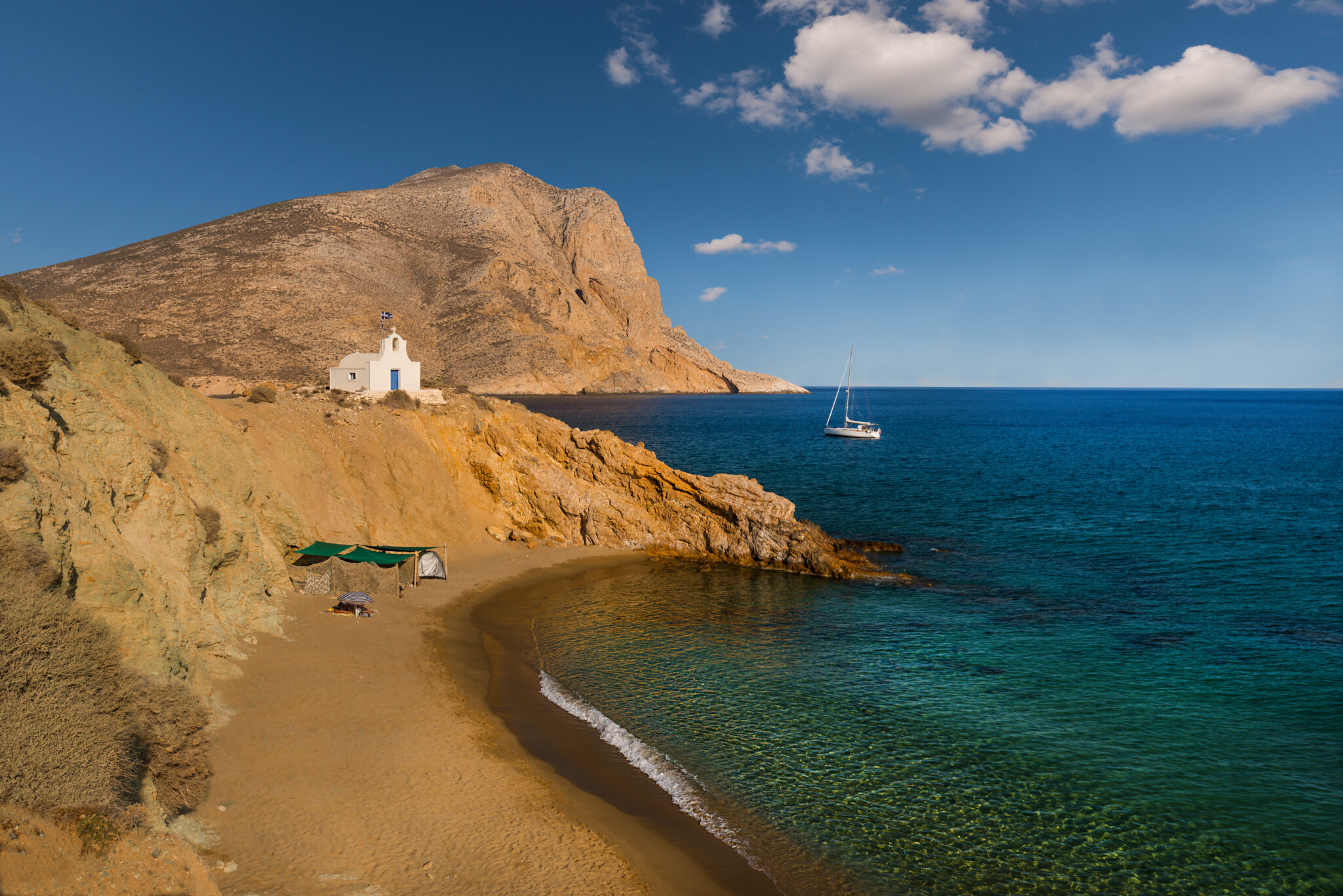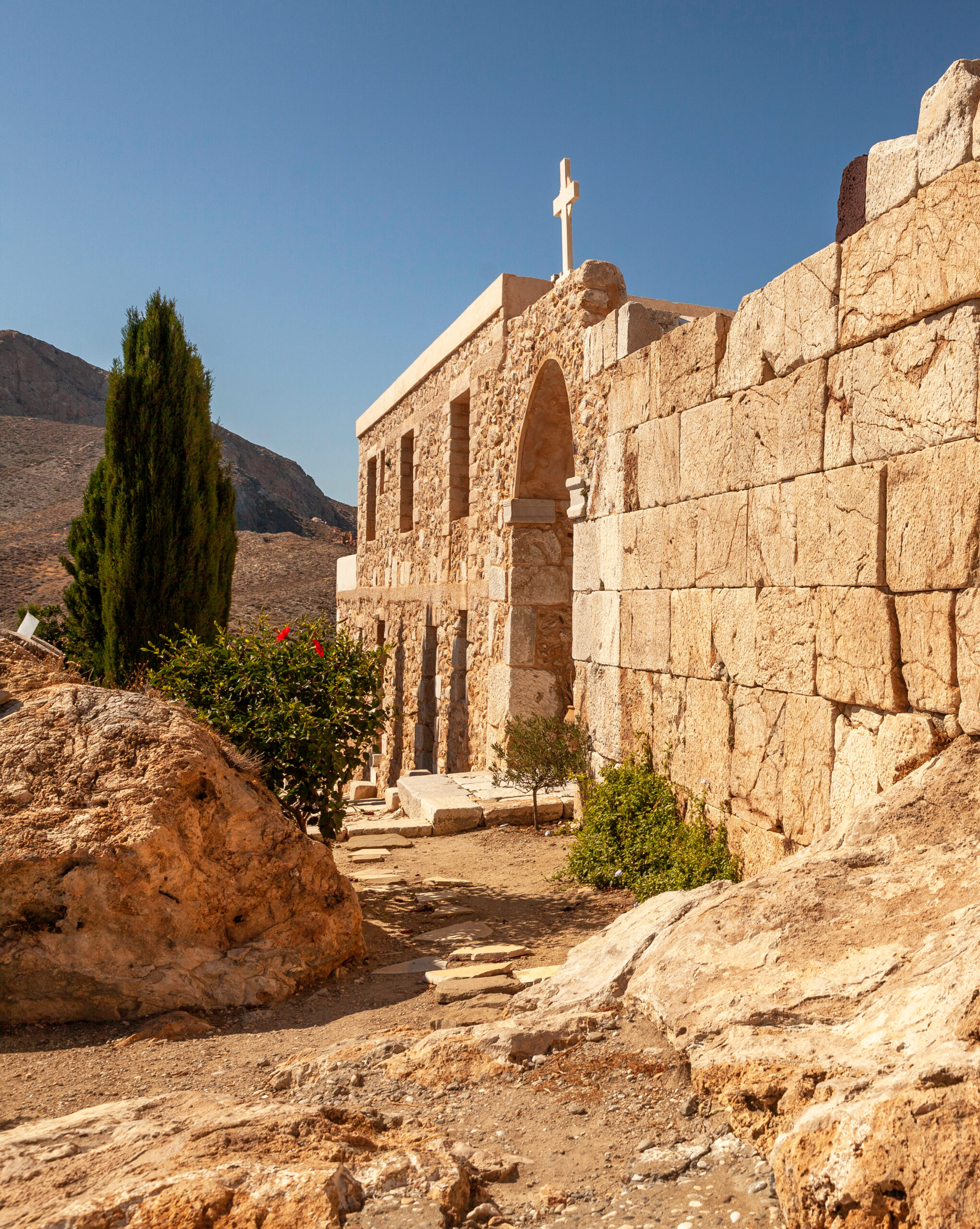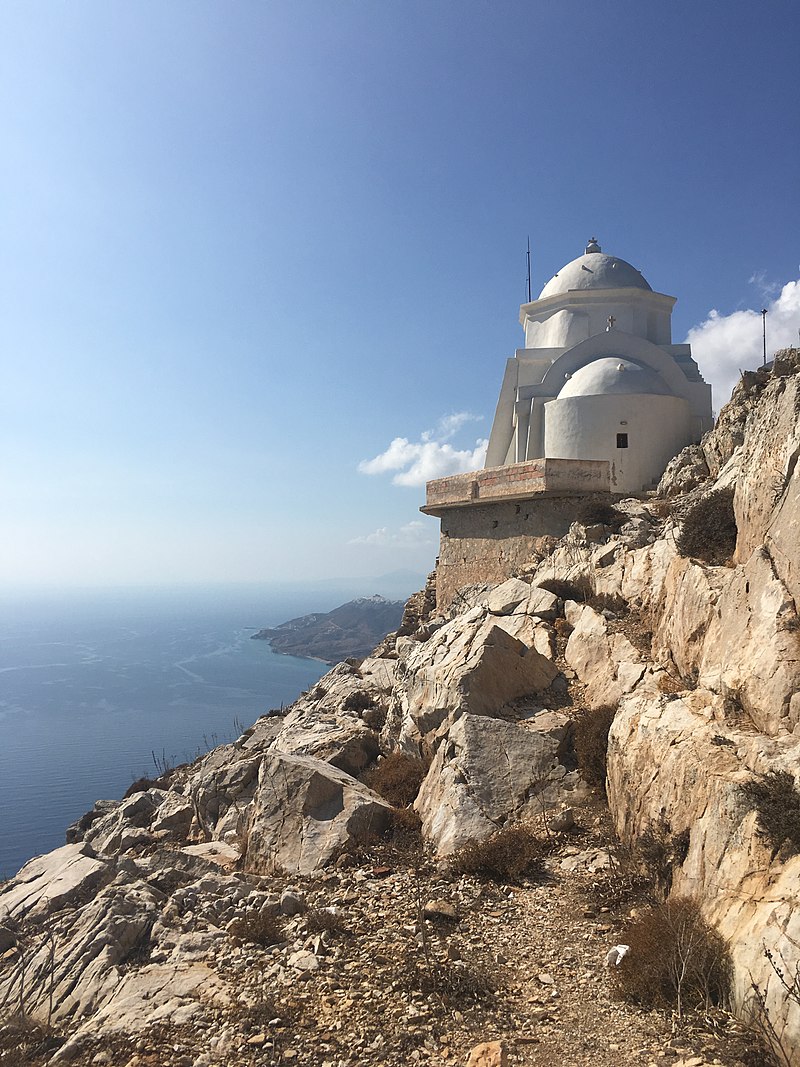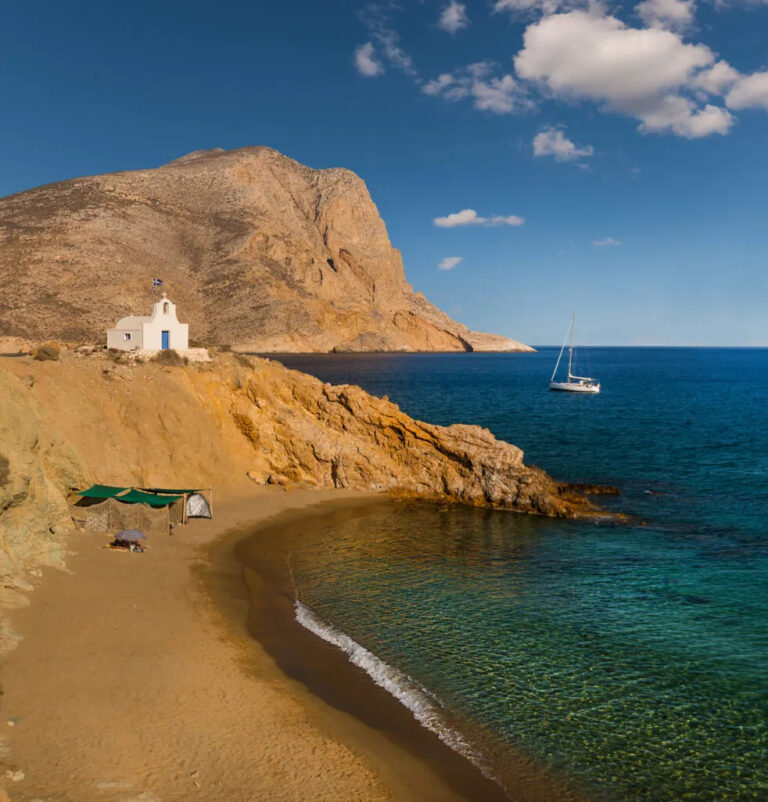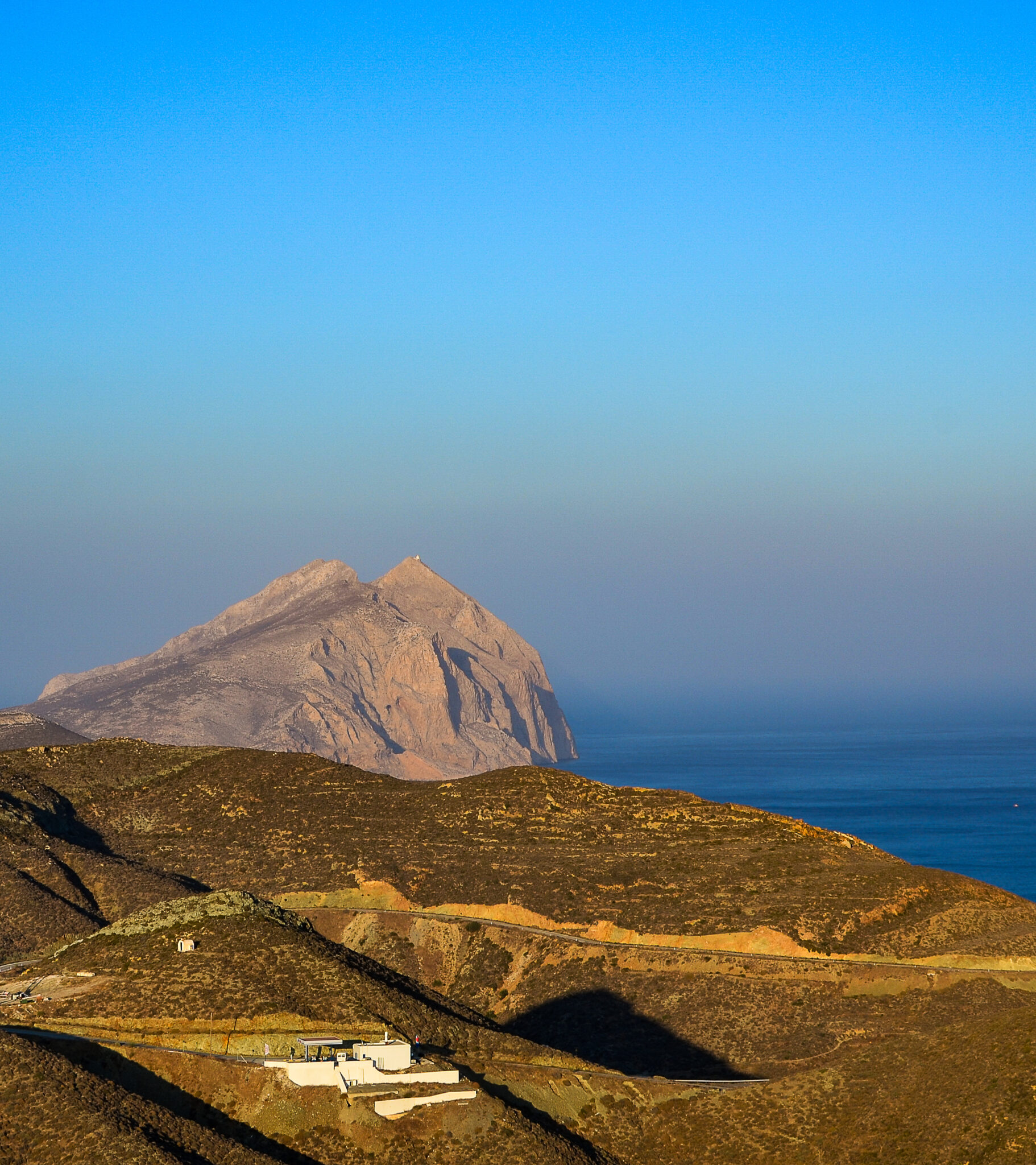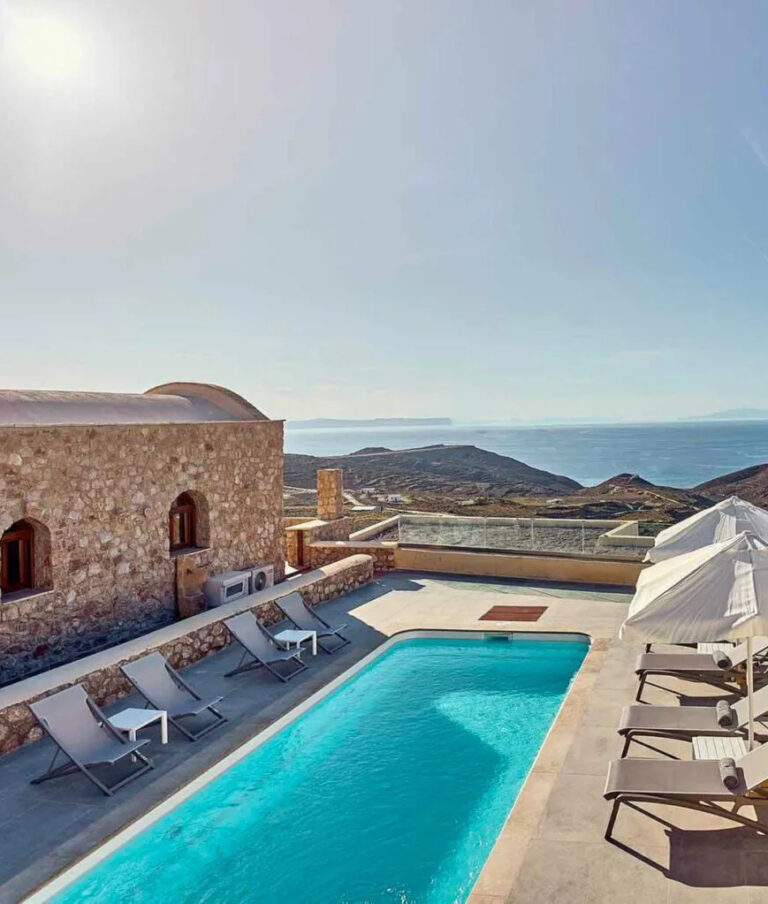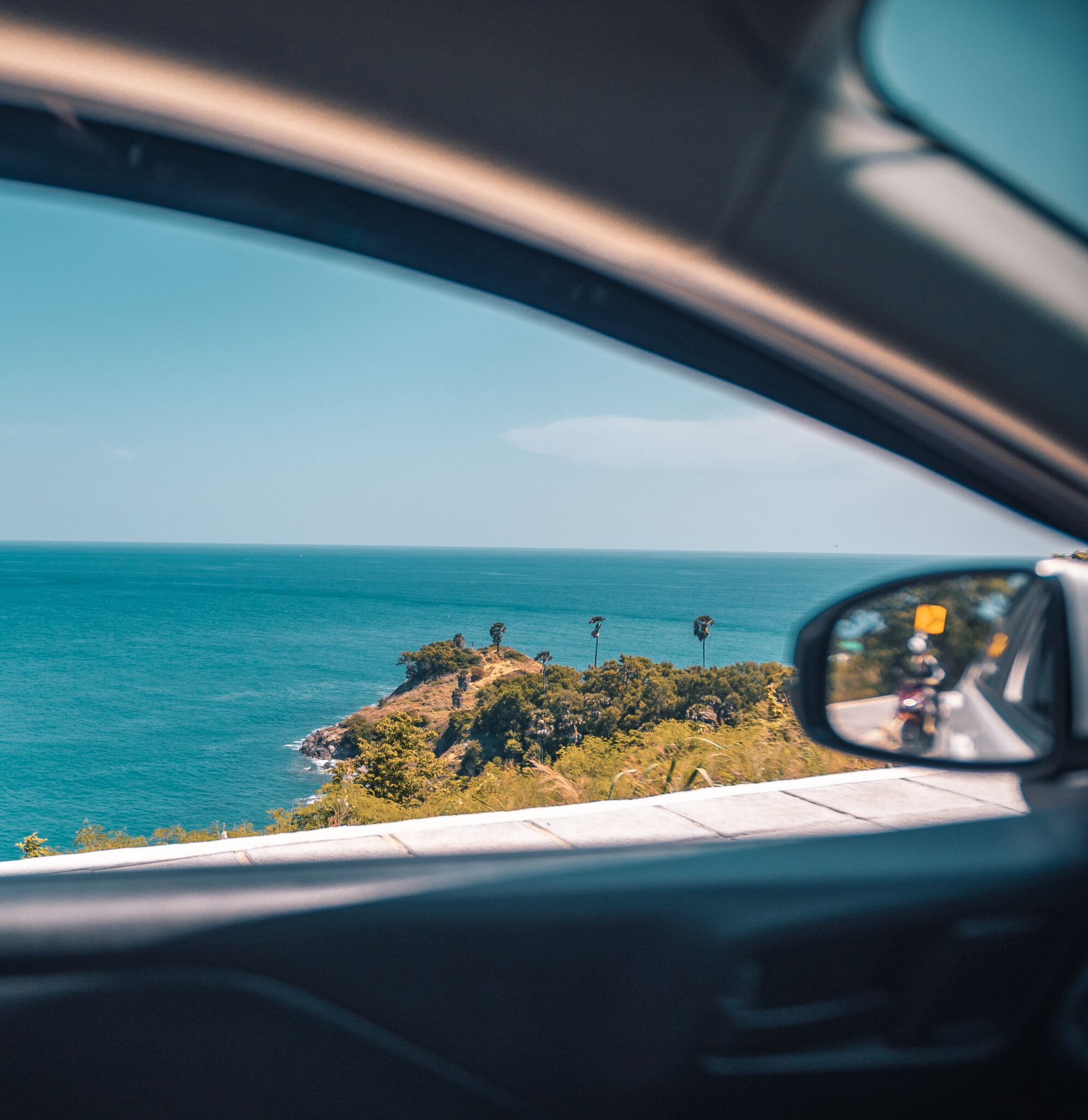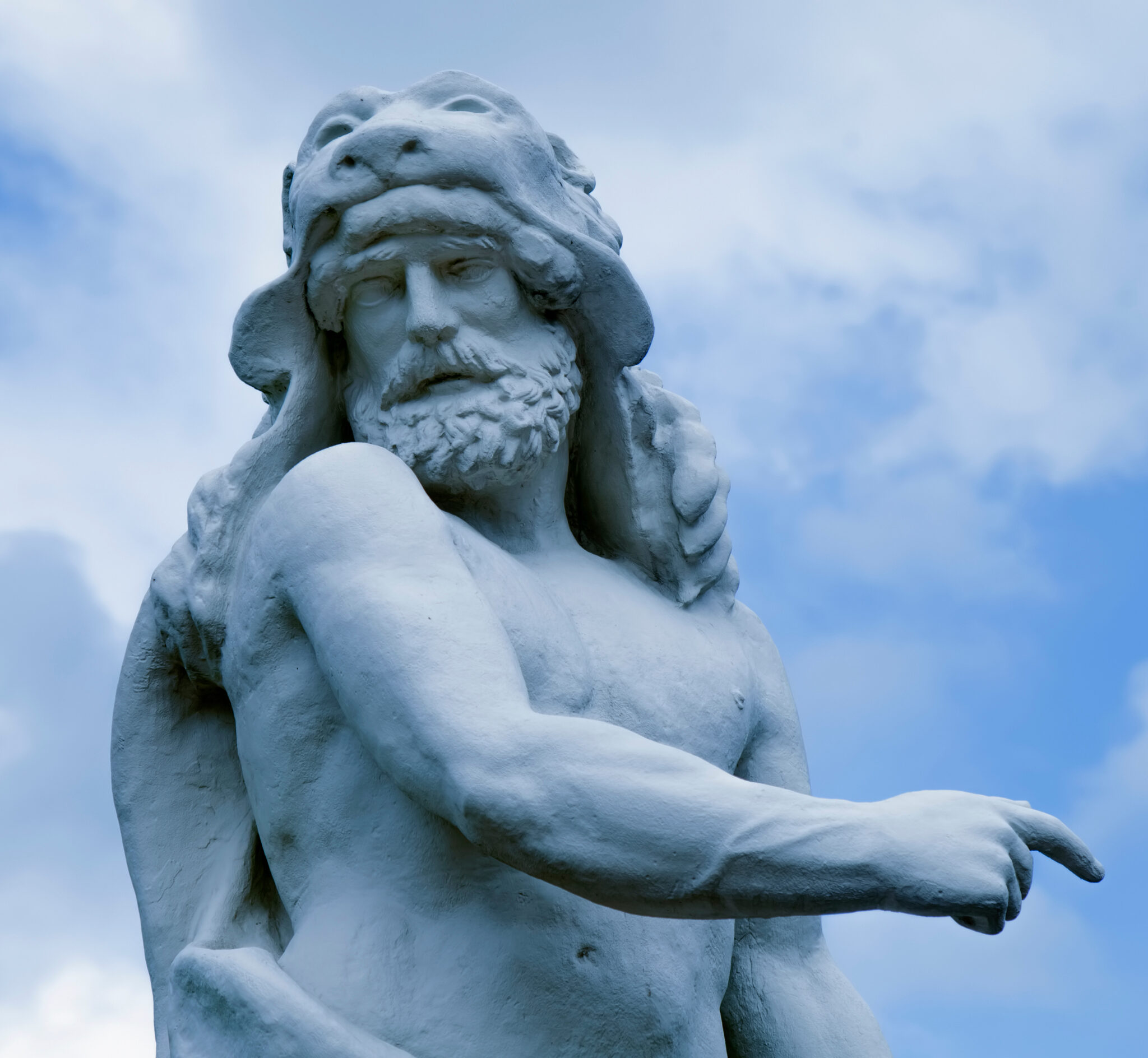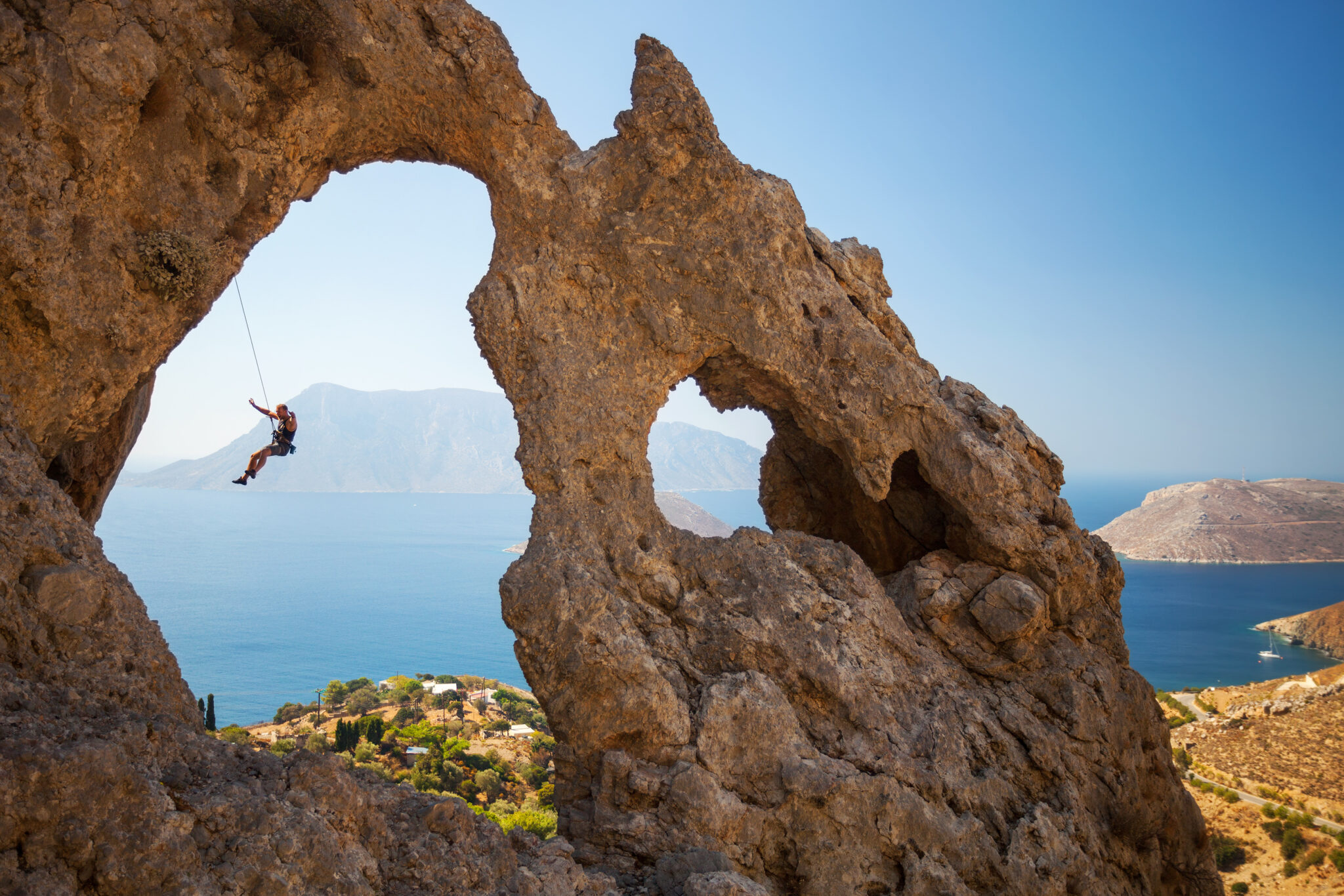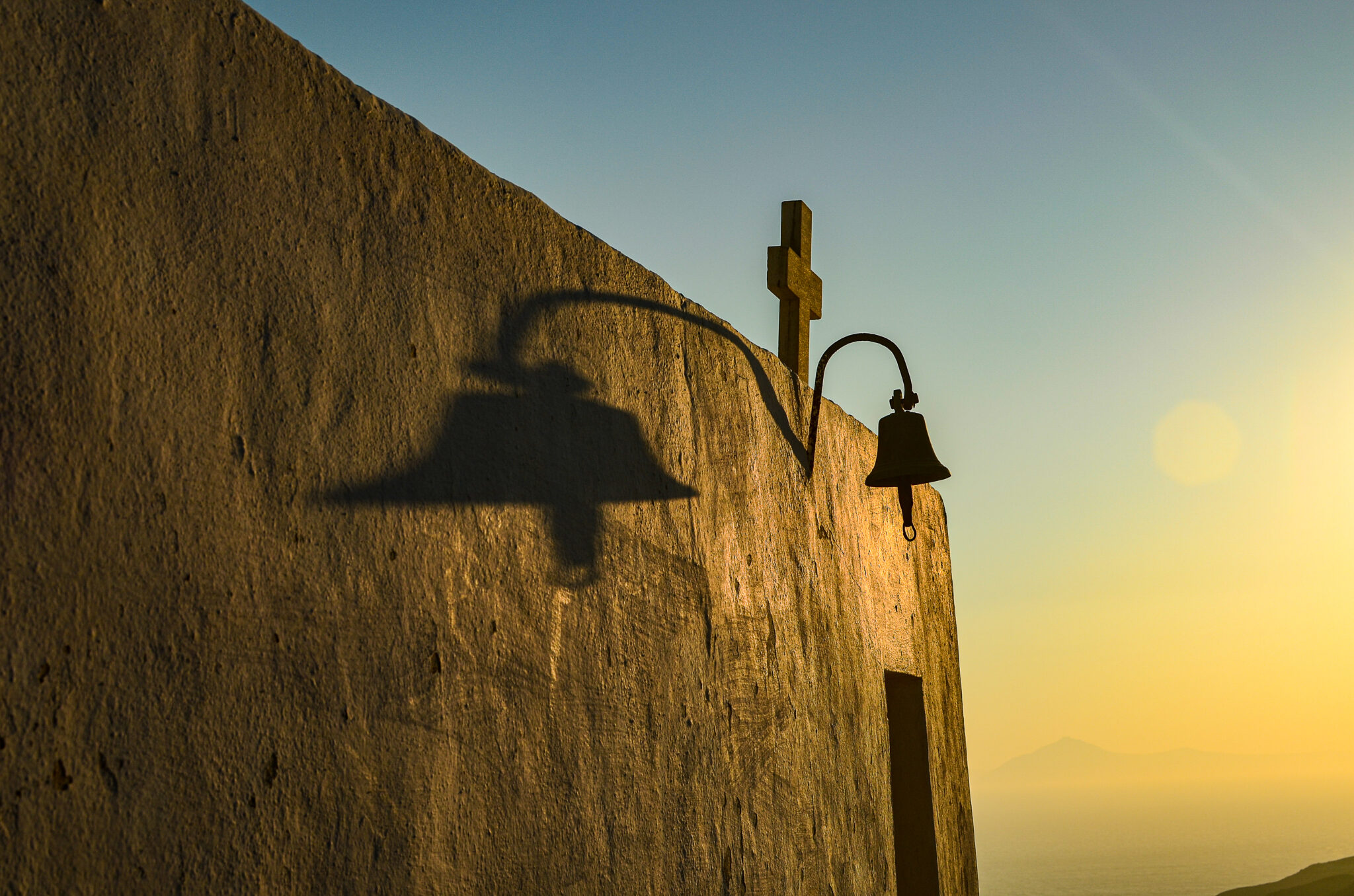In myth, Jason and his famed Argonauts were travelling back to Iolkos with the Golden Fleece. Sailing from Crete, they ran into trouble on a night of impenetrable darkness and the crew desperately prayed to Apollo for help. The god heard their cries and he used his bow to shed light on the island where they anchored the Argo. In honour of their saviour the sailors founded a temple to Apollo Aeglitis, shining, and Anafi derived its name from anefinin, ‘he made it show up’. The ruins of a temple to Apollo are still discernible in the grounds of the monastery of Zoodochos Pigi and a statue of Apollo of Anafi is found in the British Museum.
A ninety minute ferry journey from Santorini and the easternmost of the Cyclades, Anafi has always been somewhat out on a limb, geographically and spiritually. It is a harsh place with a granite and limestone core overlaid with lava spat out by its volcanic neighbour. A few olive trees and vines eke an existence out in the valleys but for the most part it is a treeless, arid rock, home to prickly pears and thyme bushes.
The Chora is a dash of white, its narrow, winding alleys offering protection from the squally garbis wind that arrives unfettered from Africa. Atop is a tiny castle with stunning blue Aegean views but most visitors are here for the beaches. A string of golden shores starts under the cliffs at Agios Nikolaos and spreads out until the Monastery of Zoodochos Pigi and the giant monolith of Kalamos.
Long used as a place of political exile due to its remoteness, Anafi is place that attracts free-thinkers and alternative lifestyle lovers. The beach at Roukounas is especially popular with free campers and naturism is favoured by many visitors, but the islanders themselves are very tolerant and welcoming to outsiders.



